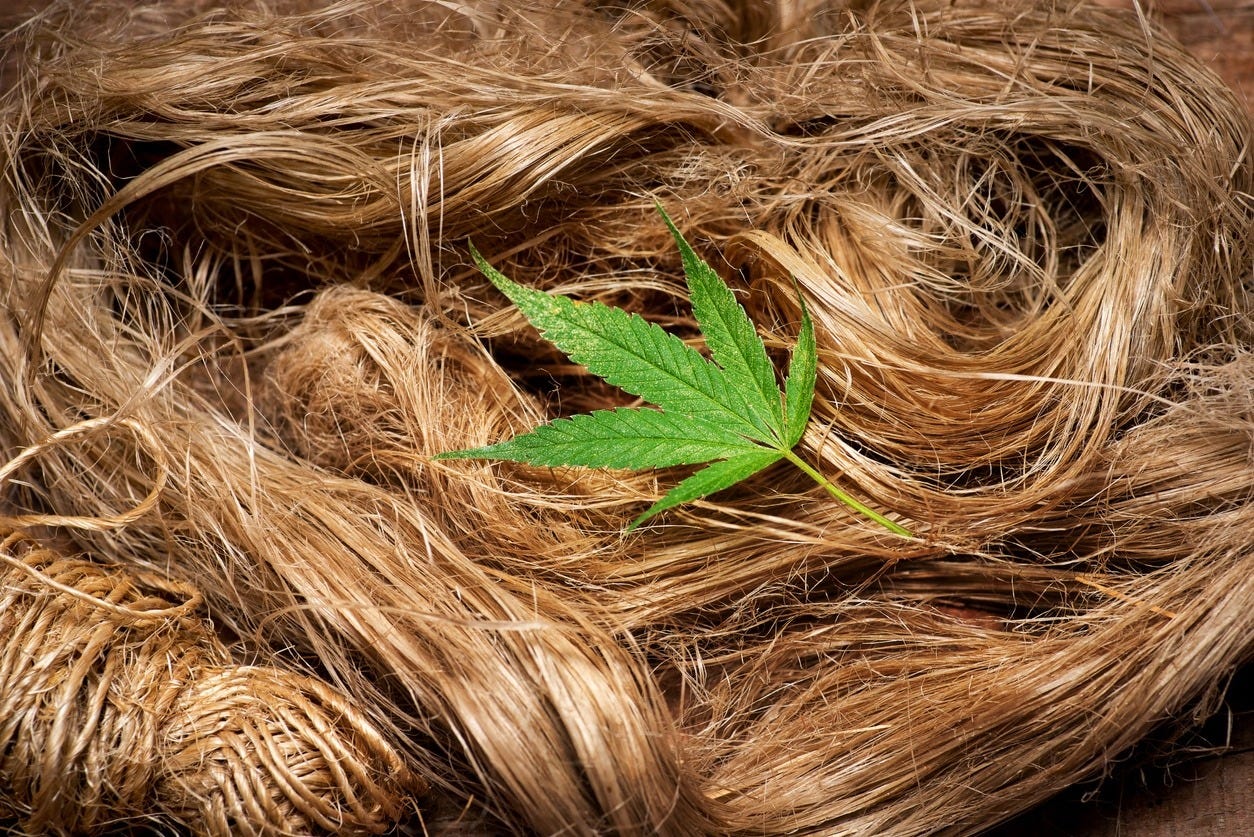Hemp Fibre: A growing trend in a budding market

Hemp fibre, derived from the stalk of the Cannabis sativa plant, is experiencing a resurgence as a sustainable and versatile material. With its impressive tensile strength, durability, and eco-friendly properties, hemp is finding its way into a diverse range of applications, from textiles and construction to automotive parts and bioplastics.
Hemp market a growing story
The global hemp fibre market is witnessing substantial growth. While estimates vary, reports suggest the market was worth around $7.55 billion in 2022 and is projected to reach $73.55 billion by 2030, growing at a CAGR of 33.57 per cent during the forecast period.
In India, the hemp industry is still in its nascent stage but holds immense potential. India, with its rich history of hemp cultivation and favourable agro-climatic conditions, has the potential to become a major player in the global hemp fibre market. The government's recent initiatives to promote hemp cultivation and the growing awareness about its benefits are expected to drive significant market growth in the coming years.
Blends and uses on the rise
Hemp fibre is often blended with other fibres to enhance its properties or create unique textures. For example, hemp and cotton blend combines the softness of cotton with the durability and strength of hemp. Hemp and silk is a luxurious blend that offers a soft drape and a subtle sheen. Hemp and wool combination provides warmth, moisture-wicking properties, and durability.
Hemp fibre is increasingly being used in various product sectors as well. From apparels, home furnishings, and accessories to construction sector as insulation, biocomposites, and building materials. In automotive sector as interior components and body panels. Hemp is also being used as a sustainable alternative to wood pulp in paper and pulp industry. And as biodegradable and eco-friendly plastic.
Legal hurdles a bug bear
Despite its promise, the hemp fibre industry faces several challenges: Although hemp cultivation is gaining acceptance, legal restrictions and complex regulations in certain regions hinder its widespread adoption. Also, the processing of hemp fibre requires specialized machinery and infrastructure, which is often lacking, especially in developing countries. Hemp faces stiff competition from established natural fibres like cotton and jute, as well as synthetic fibres. Meanwhile, many consumers and industries remain unaware of hemp fibre's properties and potential applications.
Indeed, hemp fibre offers a sustainable and versatile alternative to conventional fibres. As the industry overcomes its challenges and continues to innovate, hemp is poised to play a significant role in creating a greener and more sustainable future.
